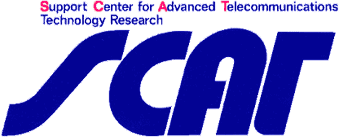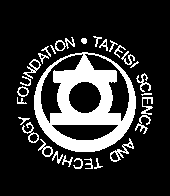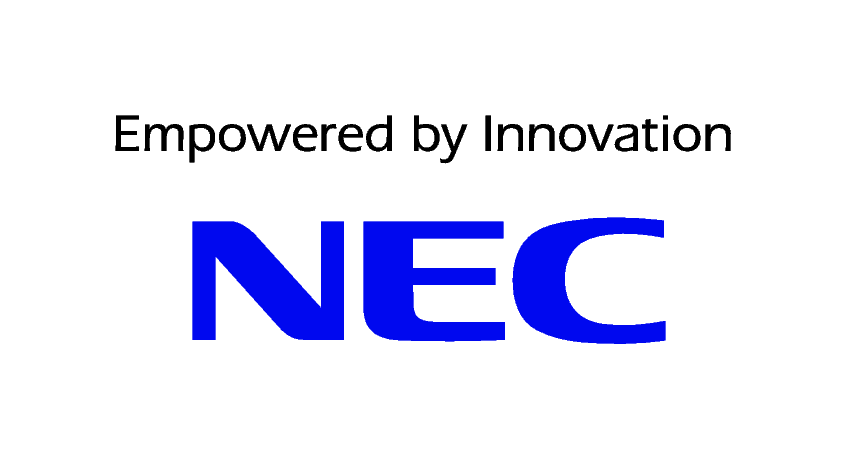Keynote Addresses
Opening & Keynote I : Wednesday, January 23, 8:30-10:00
From Circuits to Cancer
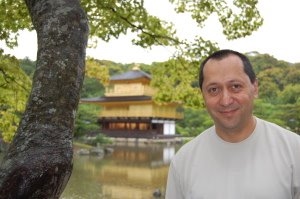
Dr. Sani Nassif
IBM Austin Research Lab., and
President-Elect of IEEE Council on EDA (CEDA)
The human race has invested about a trillion dollars in the development of semiconductor electronics, and our lives have been improved greatly as a result. Smart devices are now taken for granted and permeate every aspect of our daily lives. One of the important products of this huge investment was the development of sophisticated design optimization and simulation tools to allow the largely automated design and verification of integrated circuits. Sometimes we in the EDA community do not realize quite how advanced we are in this field, and just how applicable much of the Silicon R&D work is to other areas... This talk will be about one such area, namely that of Proton Radiation Cancer Therapy, where a team at IBM, working with researchers at the M. D. Anderson Cancer Research center, have been busy applying knowledge from the VLSI area to this important problem. We will show examples of applying large scale analysis and optimization techniques to the treatment planning problem, and hopefully motivate other EDA researchers to seek applications of their deep knowledge in adjacent fields.
Keynote II : Thursday, January 24, 9:00-10:00
Gearing Up for the Upcoming Technology Nodes
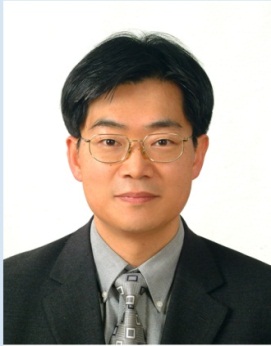
Dr. Kee Sup Kim
VP of Design Technology
at the System LSI business of Samsung Electronics
Upcoming technology nodes have many challenges. In this talk, Dr. Kee Sup Kim outlines the challenges in recent technology nodes and how Samsung prepared each generation of design infrastructure to overcome these challenges. The emphasis will be giving to the challenges in the upcoming technology nodes and what approaches are being taken to overcome the challenges posed by double patterning, 3D transistors, 3D IC's and increasing process instabilities.
Keynote III : Friday, January 25, 9:00-10:00
Human, Vehicle and Social Infrastructure System Development for Sustainable Mobility
– Development Innovation based on Large-Scale Simulation –
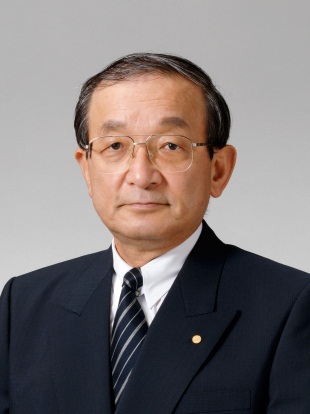
Dr. Hiroyuki Watanabe
Senior Technical Executive of Toyota Motor Corporation, and
Chairman of Intelligent Transport Systems (ITS) Japan
In order to realize a sustainable mobility society, technology development is ongoing to handle energy security, CO2 reduction, traffic-congestion and road-accident related challenges. The vehicle itself and the surrounding social infrastructure system, has to deal with 3 challenges.
The first challenge will be to develop and raise the efficiency of a powertrain supporting renewable energy like bio-fuels, electricity, and hydrogen.
The second will be the challenge to enhance vehicle dynamic performance and to innovate environmental and safety features of the vehicle by autonomous driving and its supporting technologies.
The third challenge is ITS development applying ITC (Information and Communication Technology), namely, the development of a "connected" vehicle and its related social infrastructure.
These developments, which began by utilizing simulation technology such as HILS and SILS, have evolved for the systems which include both human and society. In the development of the social infrastructure system, much progress has been made in the development process itself, such as application of real-time probe-data, and large-scale simulation using Big Data.
In this keynote lecture, we will introduce approaches to resolving key challenges, and show the future technological trend together with a proposal to innovate development based on large-scale simulation.





